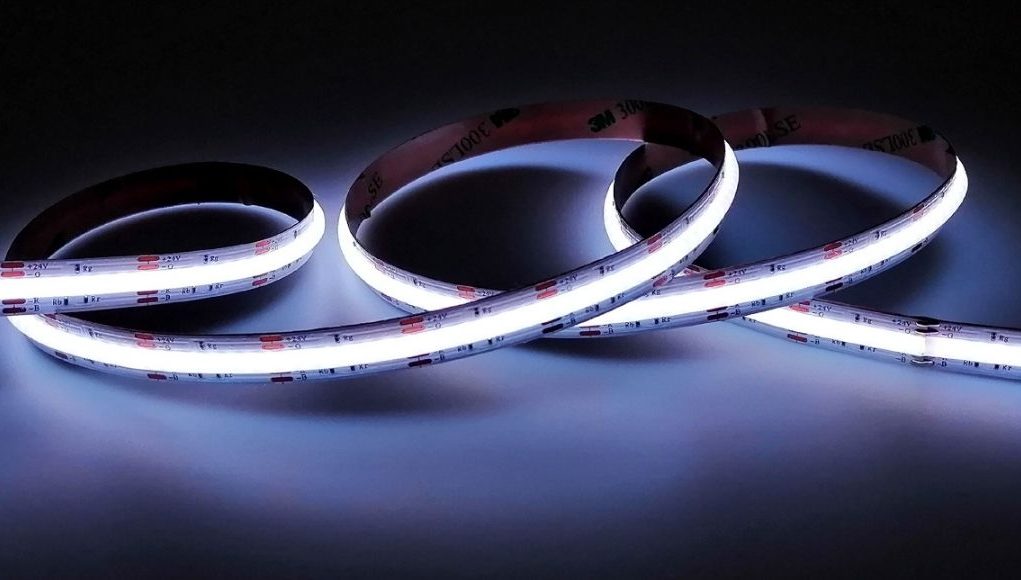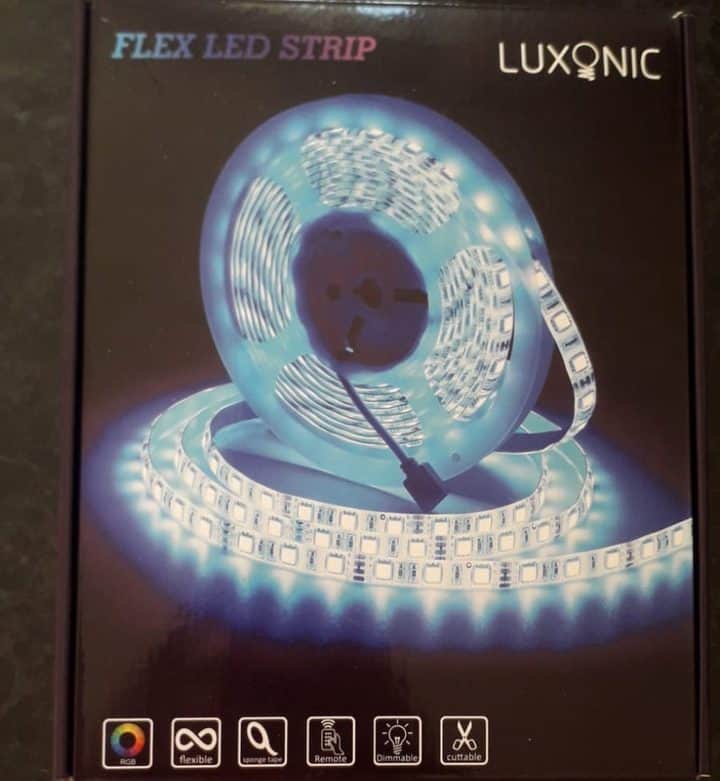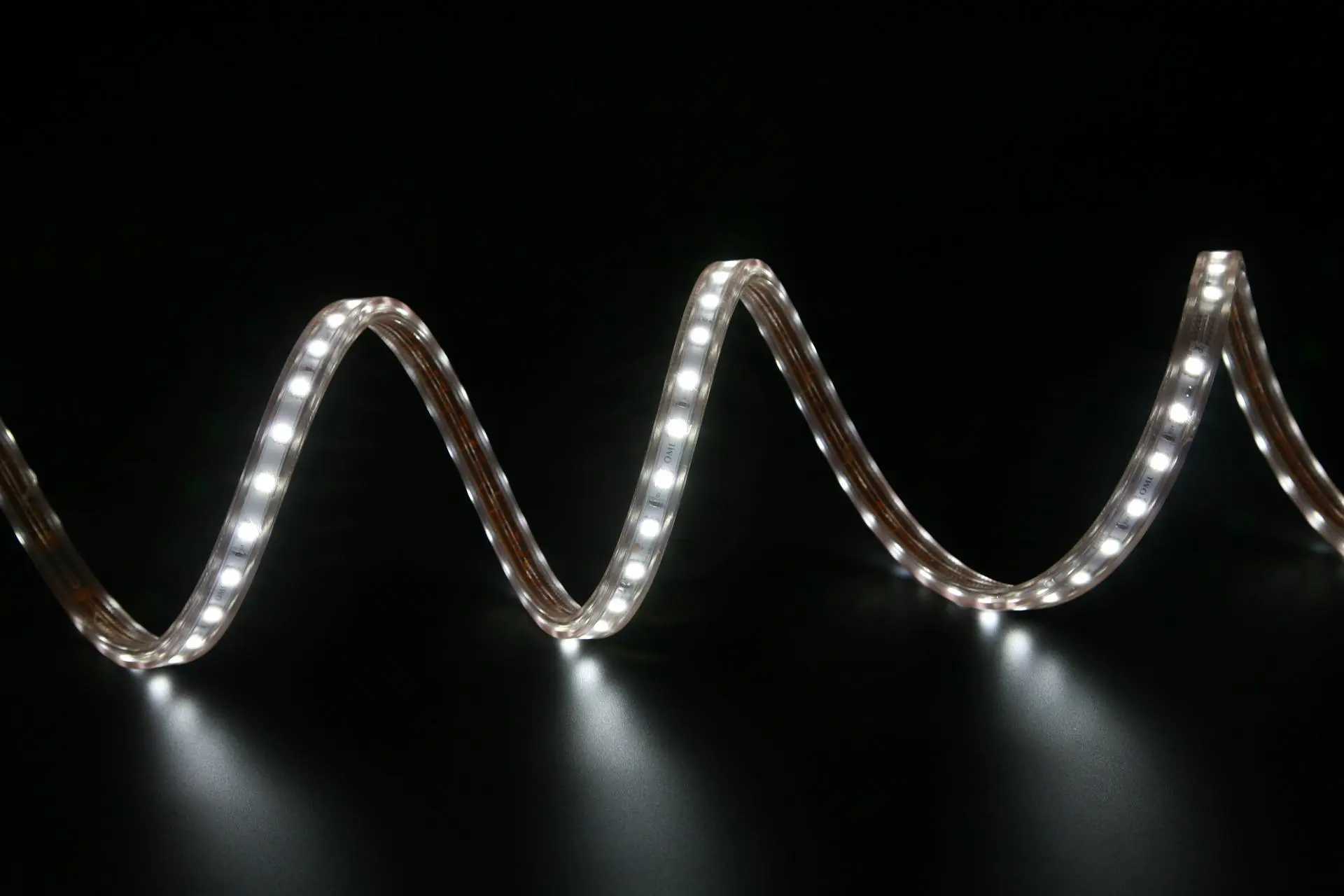Antwort Do LED lights use a lot of electricity? Weitere Antworten – Does LED lights increase electric bill
Switching to LED bulbs is the fastest, easiest way to cut your energy bill, particularly if you look for bulbs that have earned the ENERGY STAR label. On average, LEDs consume 90% less energy than their incandescent counterparts.LED is a highly energy-efficient lighting technology, and has the potential to fundamentally change the future of lighting in the United States. Residential LEDs — especially ENERGY STAR rated products — use at least 75% less energy, and last up to 25 times longer, than incandescent lighting.Installed as your light source, LED strip lights guzzle less electricity to produce the same light output. The potential savings are very significant – LEDs draw up to 85% less electricity than conventional incandescent lighting, and around 18% less electricity than CFLs (Compact Fluorescent Lamps).
Do LED work lights use a lot of electricity : The bottom line is that more than 75% less energy is used by LED bulbs than by incandescent lighting and this difference is significantly bigger at lower power levels. Brilliant LED flood lights, for example, have a light output similar to a 50-watt incandescent bulb while using only 11 to 12 watts.
How much does it cost to run a LED light bulb for 24 hours
Running an LED light bulb for 24 hours typically costs about $0.027, assuming an electricity rate of 16 cents per kilowatt-hour (kWh) in the United States. This calculation is based on a 7W LED bulb, which is equivalent to a 40W incandescent bulb but consumes significantly less power.
Do LED lights really save money : Lighting accounts for around 15% of an average home's electricity use, and the average household saves about $225 in energy costs per year by using LED lighting. if you are still using incandescent light bulbs, switching to energy-efficient lighting is one of the fastest ways to cut your energy bills.
Running an LED light bulb for 24 hours typically costs about $0.027, assuming an electricity rate of 16 cents per kilowatt-hour (kWh) in the United States. This calculation is based on a 7W LED bulb, which is equivalent to a 40W incandescent bulb but consumes significantly less power.
Light bulbs that are 100% energy efficient would have the ability to convert all electricity to light, while not producing any heat. Generally, LED bulbs are 90% efficient, CFL bulbs 85% efficient, while incandescent bulbs are only 10% efficient. As such, in recent years, LED light bulbs have become the standard.
Can I leave LED lights on all day
Well-made LED lights can be left on 24 hours a day, seven days a week. They last extremely long and are relatively safe due to their very low chance of overheating. On average, LED bulbs last between 35,000 and 50,000 hours.How much does it cost to run an LED light bulb for 24 hours Running an LED light bulb for 24 hours typically costs about $0.027, assuming an electricity rate of 16 cents per kilowatt-hour (kWh) in the United States.Running an LED light bulb for 24 hours typically costs about $0.027, assuming an electricity rate of 16 cents per kilowatt-hour (kWh) in the United States. This calculation is based on a 7W LED bulb, which is equivalent to a 40W incandescent bulb but consumes significantly less power.
Many people steer clear of LED lighting due to the significant upfront costs. The initial purchase and installation cost surpasses all light alternatives' prices. Pricing varies significantly too. You would expect to pay more for a longer-lasting LED bulb and a few dollars less for a shorter-lasting LED bulb.
Is it expensive to leave a light on all night : Comparing Bulb Types: Incandescent, CFL, and LED
A 60-watt incandescent bulb used for 12 hours per night can cost around $2.16 per month. CFL: More energy-efficient and longer-lasting than incandescent bulbs. A 14-watt CFL used for 12 hours per night costs approximately $0.50 per month.
What are the cons of LED lights : Blue Hazard and Pollution Risk: The intensity of blue LEDs and cool-white LEDs can exceed safe blue-light hazard limits for eye safety. The cool white LED can also cause more “blue pollution” when used as outdoor lights compared to traditional lighting.
Are LED lights cheaper to run
LED bulbs use only a fraction of the electricity consumed compared to traditional incandescent bulbs. They are cheaper to run than fluorescent lighting. Also, they can last for up to fifty times longer. Most run for years with no faults or problems occurring.
LED, or light emitting diode, bulbs are not affected at all by being turned on and off. This characteristic makes LED bulbs a top energy savings lighting choice.With a more energy efficiency LED light bulb (averaging 10 W), here's what your energy usage could look like: Using an LED light bulb for 1 hour per day results in 0.07 kilowatt-hours (kWh) of electricity per week, 0.30 kWh per month, and 3.65 kWh per year.
Is it OK to leave LED lights on all day : Well-made LED lights can be left on 24 hours a day, seven days a week. They last extremely long and are relatively safe due to their very low chance of overheating. On average, LED bulbs last between 35,000 and 50,000 hours. LED bulbs convert about 90 percent of energy into light and 10 percent into heat.





